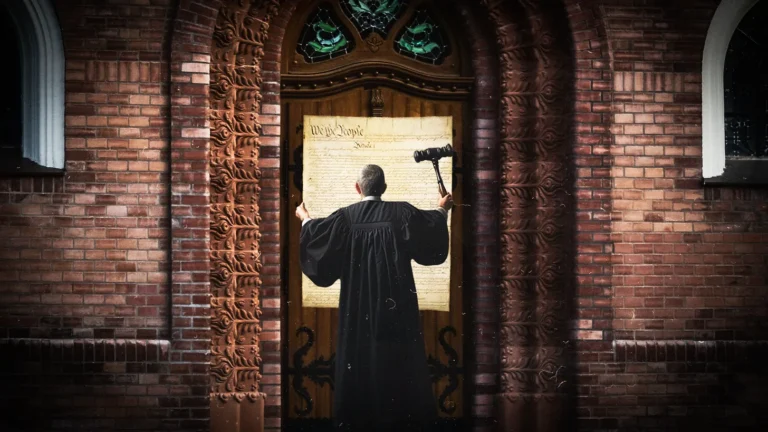Here are some highlights from my reading this week.
by Steven Calabresi, ReasonJune 1, 2024.
Extract:
President Donald Trump was convicted yesterday of allegedly altering business records to conceal his alleged payment of money to a porn star, Stormy Daniels, to influence the 2016 presidential election. But the alteration of business records under New York State law is only a crime if done to conceal the violation of another law. Manhattan District Attorney Alvin Bragg alleged that the documents were falsely altered to conceal a financial contribution in violation of federal campaign finance laws or in an attempt to win the 2016 election by defrauding state voters. information they had a right to know. Neither argument passes First Amendment scrutiny.
by Ilya Somin, The unpopulistMay 28, 2024.
Sanctuary laws are often equated with “nullification” – the idea that states can make federal laws null and void within their jurisdictions. Nullification, of course, has a terrible reputation because of its association with the Southern states’ defense of slavery and (later) segregation. But there is an important distinction between sanctuary and annulment laws.
Nullificationists argue that the federal laws in question are completely void and that states have the right to actively prevent their application within their territories. On the other hand, sanctuary jurisdictions do not necessarily claim that the laws in question are void. They simply deny them help from state and local governments, especially law enforcement. For example, they refuse to contribute to the enforcement of relevant laws themselves or to provide information to federal law enforcement agencies engaged in enforcement efforts. But the federal government remains free to attempt to enforce these laws using only its own resources and personnel.
by Bryan Caplan, Bet on itMay 27, 2024.
Extract:
Do I believe the United States can absorb”all the poor of the world”? It depends on the time horizon. Poland’s population increased by 6% in a few weeks, and it was good. The U.S. population grew 1,339% between 1800 and 1900, and that was great, too. There is no reason why the modern American population cannot grow as fast or faster. Going from 330 million today to 1 billion tomorrow would be disastrous, but going from 330 million today to 1 billion in 50 years is entirely doable. And thanks to dynamics of the diasporait is this last scenario which is empirically relevant.
Unless, I grant it freely, immigrants and their descendants remain on welfare until the end of time. Fortunately, this is not what normally happens in the status quo. And the countries closest to open borders – the Gulf monarchies and Singapore – do virtually the opposite, for obvious reasons: Geniuses and janitors deserve to be welcomed, but only as long as they do their own part.
Comment from the HR director:
Given Bryan’s statement in the last sentence of the first paragraph above, I don’t understand why he advocates open borders. If the empirically relevant thing is a tripling over 50 years, why not advocate limiting immigration to 7 to 8 million per year? Why 7 to 8 million rather than what the simple result would indicate, around 13 million? (670 million divided by 50 = 13 million.) Because immigrants have children. And if I’m too optimistic about the number of children, that’s okay. We would reach, say, 800 million inhabitants instead of a billion.
Let’s take my lower limit of 7 million. If the government set this amount at $50,000 per immigrant, it would raise $350 billion per year. If he doesn’t waste that money on other spending (an admittedly important “if”), then he could reduce future deficits enough that the federal debt as a percentage of GDP remains stable or declines slightly. Would there be 7 million takers at $50,000 each? Absolutely. If anyone wants to see it, I will do a special blog post on this.


